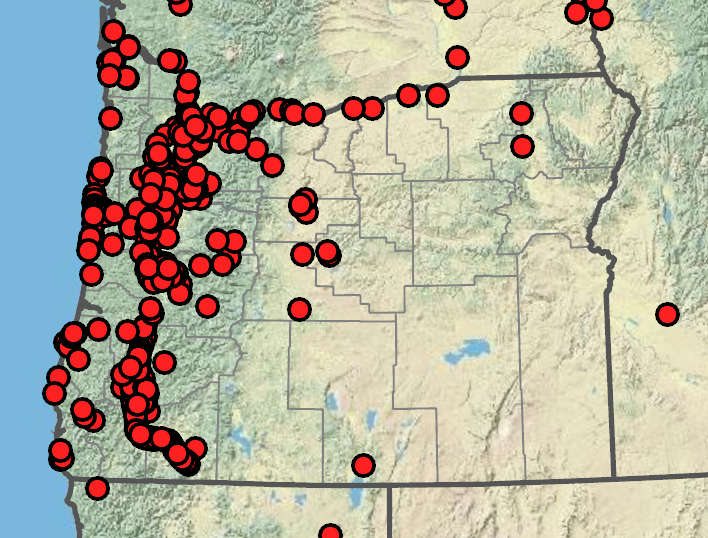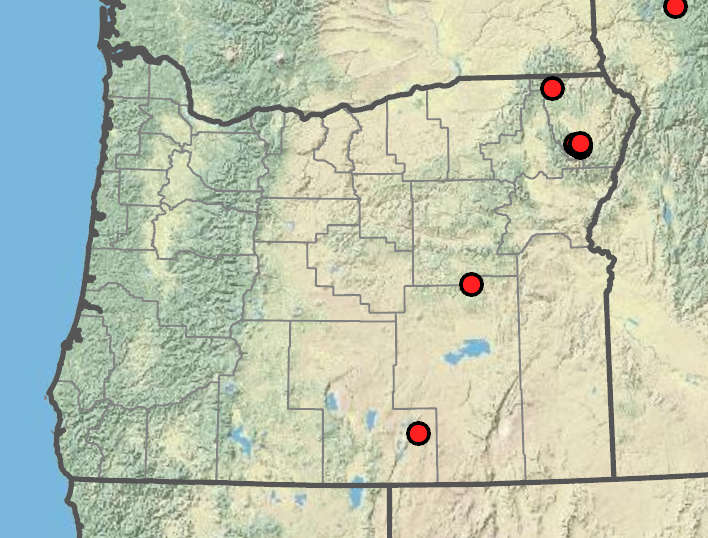Senecio vulgaris
Senecio sphaerocephalus
common groundsel, old-man-in-the-spring
ballhead ragwort, mountain marsh butterweed
usually 1, rarely 2–3, glabrous or sparsely and unevenly tomentose.
1, tomentose or unevenly glabrate.
evenly distributed along stems, oblanceolate to narrowly obovate or ovate, bases tapering;
margins lobulate to dentate, ultimate margins secondarily denticulate;
proximal petiolate;
distal sessile.
mostly basal;
basal present at flowering;
cauline reduced distally;
distal much reduced and bract-like, oblanceolate to elliptic, bases tapered;
margins weakly dentate or denticulate with callous denticles;
surfaces sparsely tomentose to nearly glabrous, petiolate.
loose corymb-like arrays;
bracts few, inconspicuous.
corymb-like arrays;
bracts conspicuous.
urceolate.
campanulate.
0.
~13;
rays 6–10 mm.
(30)55–65.
25–35+.
21, 4–6 mm;
tips usually black.
(13)21, 3–7 mm;
tips black or dark brown.
2–4(6+) bractlets, 2–3 mm.
1–5 bractlets, 2–3 mm.
2–2.5 mm, sparsely to densely pubescent, rarely glabrous.
1.5–2.5 mm, usually hairy, sometimes glabrous.
8–20.
(3)5–24, usually > 10.
=40.
=40.
Senecio vulgaris
Senecio sphaerocephalus
Disturbed areas. Flowering Feb–Oct. 0–1000 m. CR, ECas, Est, Lava, Sisk, WV. CA, ID, NV, WA; throughout North America; Asia, Europe. Exotic.
Open meadows, near conifer forests. Flowering Jun–Jul. 1100–1700 m. BW. ID, NV; northeast to MT, east to WY, southeast to CO. Native.
Although Senecio sphaerocephalus has been collected in Oregon, it is relatively rare within the state and more abundant in the more easterly parts of its range.
Debra Trock
Debra Trock
- Local floras:
BC,
CA,
OR,
WA
- Local Web sites:
CalFlora,
CalPhotos,
Flora NW,
PNW Herbaria,
Turner Photog.
WildflowerSearch
iNaturalist (observations)
USDA Plants Database
- LBJ Wildflower Center
- SEINet
- Plants of the World Online
- Encyclopedia of Life
- Wikipedia
- Google Image Search




